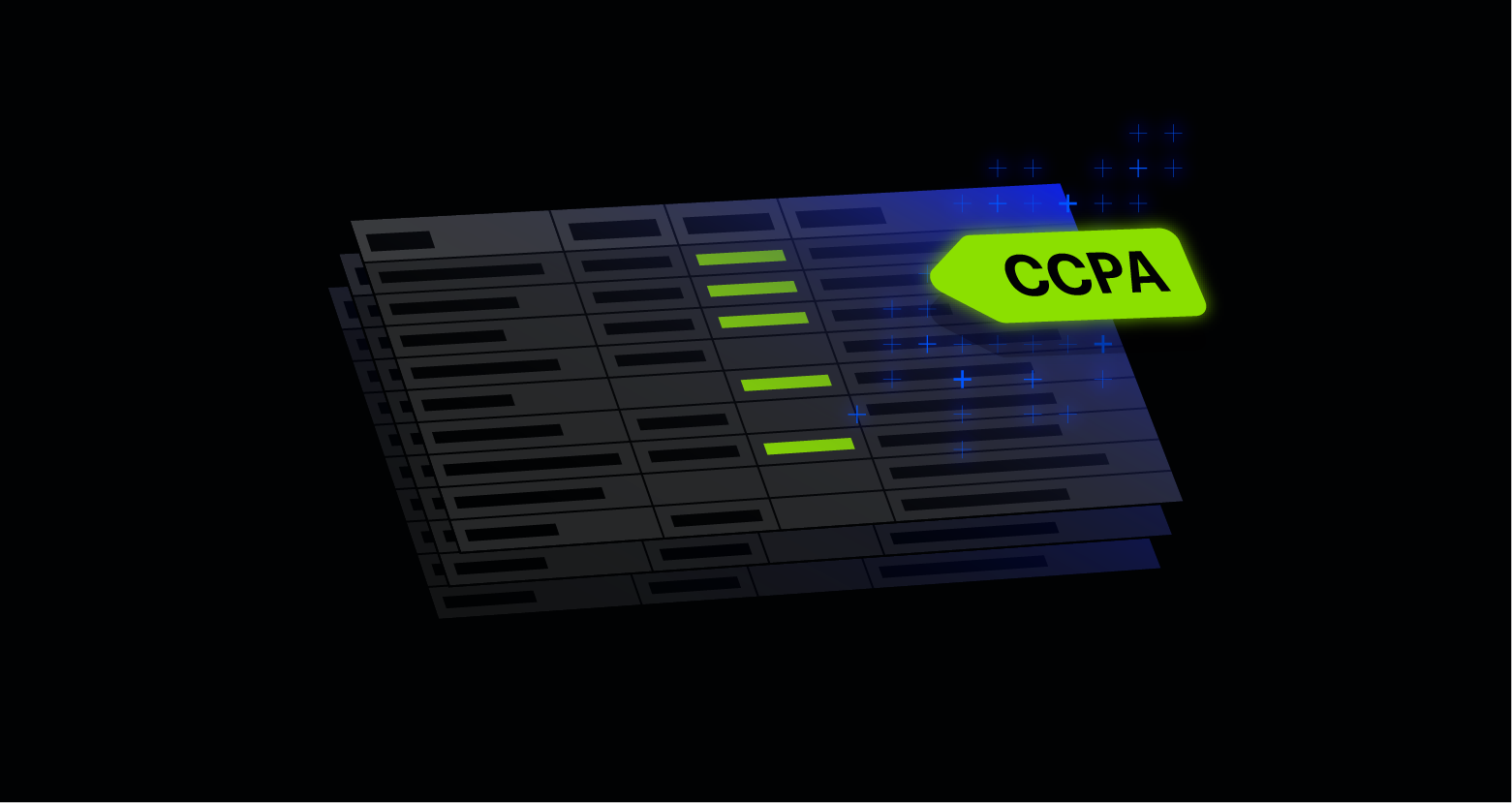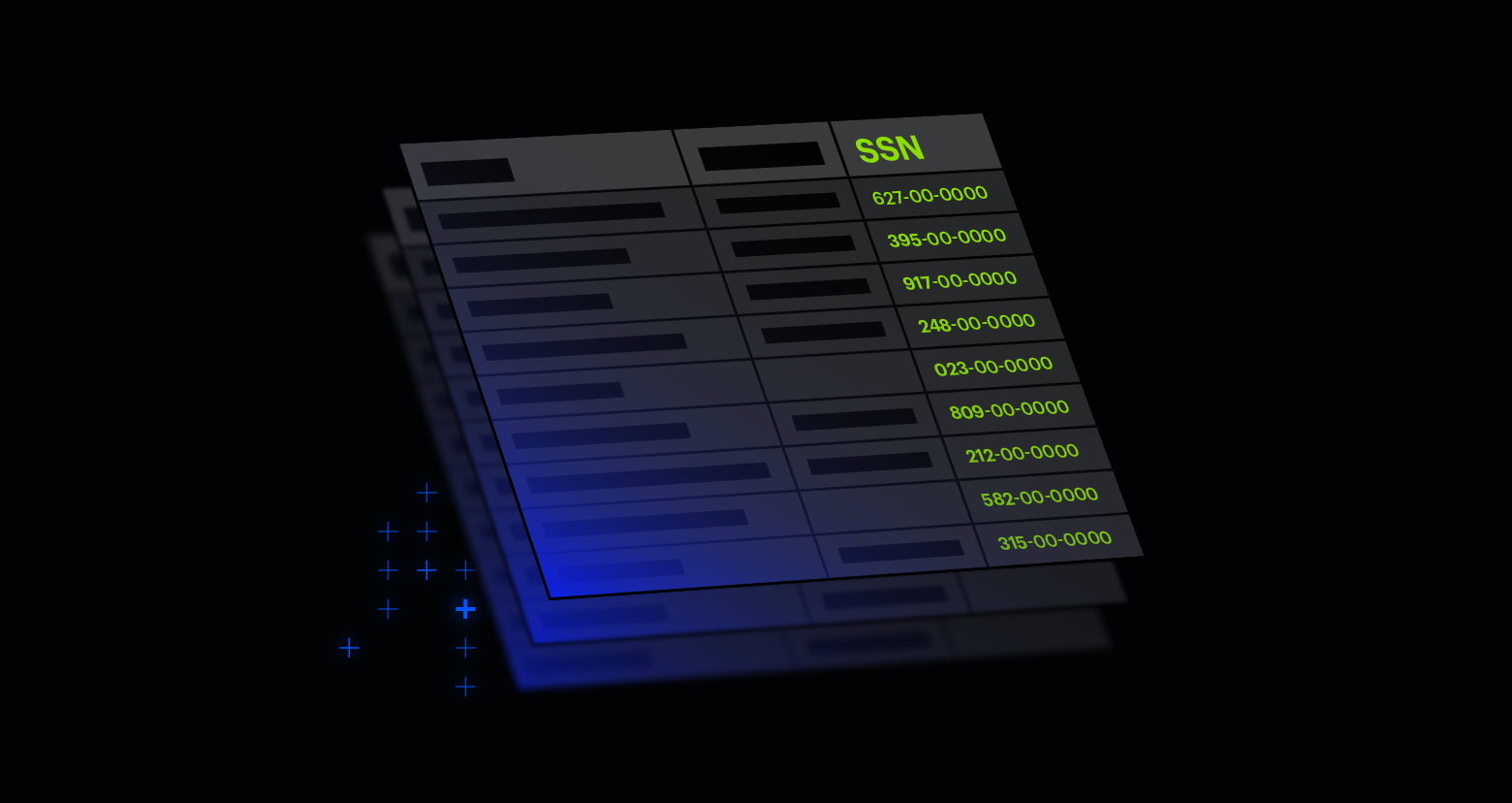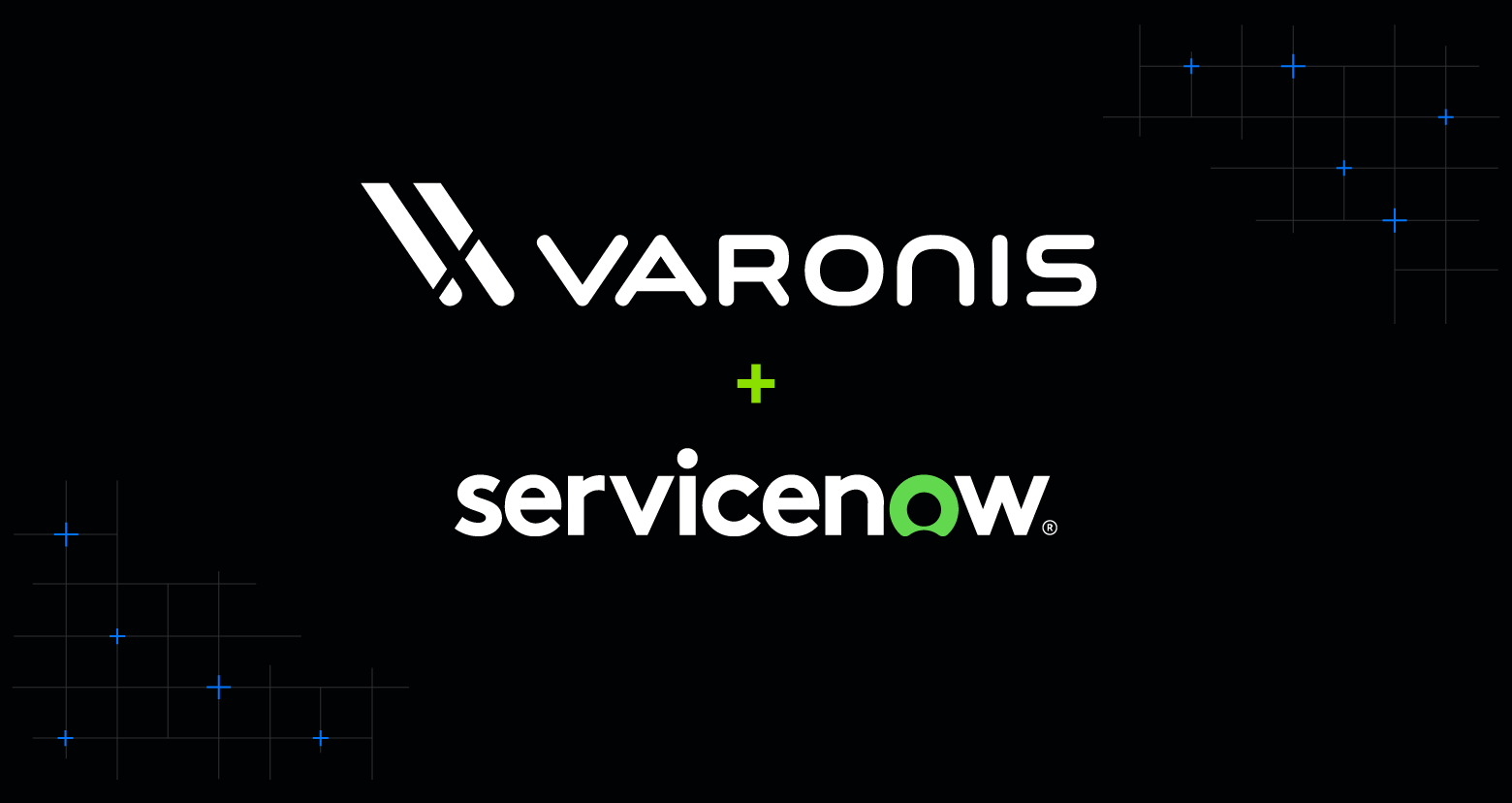A landmark global report from cybersecurity agencies emphasizes 17 attack techniques against Microsoft Active Directory and cautions organizations to step up protections. In the first of our two-part series, we offer five steps you can take today to shore up your AD defenses.
Microsoft’s Active Directory (AD) is at the heart of identity and access management (IAM) for organizations worldwide, making it an attractive target for cyberattackers. Concerns over the risks of AD compromise prompted cybersecurity agencies from Australia, Canada, New Zealand, U.K. and U.S. to issue a landmark report, Detecting and Mitigating Active Directory Compromises. The report, released in September, details 17 attack techniques, from Kerberoasting to Golden Ticket attacks, which, left unchecked, can enable attackers to take total control over systems.
In the first of our two-part series, we look beyond the report’s guidance for detecting and mitigating AD compromises to explore how organizations can institute a dynamic, proactive AD cybersecurity strategy. We discuss how continuous monitoring, adaptive defenses and risk-based prioritization can help security leaders protect their AD infrastructure. We provide five action items you can use to operationalize your identity security strategy.
In part two, we go beyond the basics to provide insight and guidance about additional areas of AD exposure worth addressing.
Attackers see AD as a gateway
As the backbone of authentication and authorization in most organizations, AD controls access to sensitive data and critical systems. Identity has become the modern control plane for enterprises, and attackers know that compromising AD can be their gateway to a treasure trove of information and control. High-profile attacks, such as those by Storm-0501 and Conti ransomware, demonstrate the devastating financial and operational impact that can result when AD security is breached.
It’s important to note that the report issued by the cyberagencies — known collectively as the Five Eyes Alliance — is much more than a compliance checklist. Too often, we see organizations approach such cybersecurity guidance by taking a series of one-off actions, assuming that ticking a few boxes ensures lasting security.
In reality, attackers exploit vulnerabilities as soon as they arise. Point-in-time compliance efforts can’t keep up with the adaptive nature of today’s cyberthreats. To stay ahead, organizations must go beyond compliance, adopting a continuous, adaptive approach that anticipates and mitigates risks in real-time, ensuring that AD remains secure against evolving threats.
From insight to action: Operationalizing the report’s recommendations
The guidance from the cybersecurity agencies makes it clear: Active Directory isn’t a "set-it-and-forget-it" system.
As AD environments continuously evolve — whether through new users, permission updates or expanded cloud integrations — cybersecurity strategies must evolve in tandem. Misconfigurations and identity-based vulnerabilities open new doorways to risk because they don’t stay put. This is precisely why organizations must adopt a structured, real-time approach to managing AD, including continuous monitoring, risk-based prioritization and adaptive security practices responsive to the shifting threat landscape.
Operationalizing the report’s guidance requires more than static point-in-time tech fixes. It calls for a series of game-changing steps to keep your AD secure.
Below, we break down five key areas to focus on as you turn the report’s guidance into actionable steps.
1. Continuously monitor with real-time visibility
Organizations often behave as though AD is a static system, a thing to be configured once and then assumed to be secure. However, as the Five Eyes report illustrates, AD is in constant flux, with each change potentially opening new vulnerabilities. From new hires and permission updates to expanding cloud connections, any shift in AD can create an unseen entry point for attackers. Real-time visibility and continuous monitoring are behavioral steps to stay ahead of evolving risks.
Why it matters
Attackers thrive on hidden weaknesses, like subtle misconfigurations and creeping permission drift, exploiting tactics like DCSync and Kerberoasting to infiltrate your systems silently. Without real-time oversight, these tactics can remain undetected. That’s why it’s essential to identify and prioritize identity weaknesses as soon as they surface — catching risks early stops attackers in their tracks.
What to do
- Automate monitoring: Implement tools that trigger real-time alerts on AD changes — flagging unexpected privilege escalations, risky permission shifts and service account modifications that could indicate an active breach attempt.
- Detect toxic combinations: Continuous monitoring allows security teams to spot dangerous combinations of permissions and misconfigurations — such as high privileges combined with weak passwords or accounts with overlapping permissions — before they’re exploited.
- Implement immediate remediation: Establish processes for immediate response when high-risk changes are detected. The ability to revoke excessive permissions or adjust configurations in real-time significantly limits opportunities for attackers to escalate their actions.
2. Automate risk-based prioritization
Not every weakness in Active Directory carries the same level of risk Treating each issue with equal priority can drain resources while leaving critical exposures unattended. A risk-based model automatically prioritizes AD weaknesses and allows security teams to focus on the exposures that matter most, rather than getting bogged down in low-risk issues.
Why it matters
Among the 17 attack tactics highlighted in the Five Eyes report, some — like DCSync — might be more critical in traditional infrastructures, while others, such as password spraying, may pose a higher risk in cloud-heavy environments. Automated risk scoring tailors prioritization to your organization’s unique setup, ensuring that high-impact threats are addressed promptly.
What to do
- Focus on dynamic risk scoring: Leverage tools that continuously evaluate and rank vulnerabilities, prioritizing them by exposure level, privilege escalation risks and known attack vectors. Start pinpointing the most exploitable risks so teams can zero in, ensuring critical exposures don’t go unnoticed.
- Map potential attack paths: Visualizing attack paths to critical assets helps pinpoint which weaknesses are likely to be targeted and enables teams to allocate resources effectively.
- Prioritize for your environment: Tailor prioritization to fit your specific infrastructure — whether it’s primarily on-premises, cloud-based or hybrid — so that the highest-risk exposures in your unique environment are addressed first.
3. Build operational resilience through least-privilege access
A resilient Active Directory environment relies on enforcing least-privilege access, granting users only the permissions they need to perform their roles. However, over time, privileges can expand unintentionally — through changes in group memberships, role adjustments or emergency access that is not promptly revoked. This "privilege creep" broadens the attack surface attackers can exploit, as excessive permissions make lateral movement and privilege escalation easier.
Why it matters
Excessive permissions in Active Directory enable various attack techniques, including Silver Ticket compromises where adversaries forge Kerberos tickets for unauthorized access. Without least-privilege enforcement, attackers can exploit over-permissioned accounts to move laterally and access sensitive resources undetected. Proper privilege management is essential to prevent these and other AD-based cyberattacks.
What to do
- Implement automated monthly scans: These can identify accounts with excessive privileges or permissions, flagging them for immediate review.
- Use role-based permission templates: These can standardize access across accounts, ensuring only the necessary privileges are granted.
- Enforce a 24-hour revoke policy: This limits temporary or emergency access, quickly closing off potential attack paths.
- Regularly audit service accounts: Giving service providers a regular "check-up" ensures their privileges align with their job description and that they aren’t offering attackers any uninvited perks.
4. Set the stage for success with a preventive mindset
Your security mindset sets the stage for securing AD. We all know that responding to incidents after they occur is painful, especially when there is a chance to preemptively identify and address potential threats. The nature of the Five Eyes guidance is proactive. Understanding Indicators of Exposure (IoE) and looking for those early warning signs can help teams address vulnerabilities before they become an attacker’s foothold in the network.
Why it matters
A reactive approach leaves security teams in constant catch-up mode, dealing with incidents as they happen instead of eliminating root causes. Focusing on IoE systematically closes off pathways that adversaries exploit to infiltrate environments. It also allows security teams to expand their protective reach without adding to their alert fatigue. This equates to a broader security strategy prioritizing long-term resilience over short-term fixes.
What to do
- Adopt an "assume breach" mindset: Treat every vulnerability as a potential entry point and monitor for exposure gaps around critical assets.
- Focus on IoE: Identify and track early signs of risk, such as misconfigurations or unusual permission changes. It is better to prevent breaches than to detect them after they happen.
- Battle-test defenses: Red team like you mean it. Don’t just defend — pressure test. The best defenders aren’t the ones who’ve never been hit — they’re the ones who’ve learned from every attempted breach, actual or simulated.
- Continuously tune detection and response processes: Ensure your detection and response strategies are agile and adapt to the evolving threat landscape.
5. Ensure scalable, unified security operations across the enterprise
Enterprise expansion pits cybersecurity teams against a sprawling landscape of domains, assets and identities — each adding layers of complexity. When security forms a phalanx, with a unified approach of shared insights and tools, efficiency emerges and gaps close. Scaling security demands a cohesive strategy that seamlessly integrates identity management, asset visibility and threat detection into a single, unified framework, ensuring consistent security practices.
Why it matters
Lack of unification is a recipe for disaster. Without a platform that normalizes data and promotes shared understanding, teams work in silos, widening gaps in coverage and leaving critical assets vulnerable. In complex, multi-domain environments, it’s essential to take a unified approach — fostered by integrated, scalable platforms — for fast, coordinated responses to cyberthreats. By closing these gaps, organizations can maintain comprehensive oversight, enabling teams to keep pace with growth while ensuring consistent security across the enterprise.
What to do
- Integrate AD monitoring with broader IT operations: Align AD security monitoring with other IT functions through a unified platform. This will ensure all domains, whether cloud-based or on-premises, are monitored under a single pane of glass.
- Streamline IAM: Implement centralized IAM solutions to consistently manage identities across all environments, reducing the risk of orphaned accounts or inconsistent permissions.
- Automate policy enforcement: Use automation to enforce security policies across all domains, ensuring real-time adjustments and adherence to best practices as infrastructure changes.
- Enable cross-functional collaboration: Break down silos by fostering collaboration between IT, security and operations teams, enabling quicker response times and better information sharing.
What’s next: Additional considerations for comprehensive AD security
The above five steps offer a solid foundation for operationalizing the Five Eyes guidance. But stopping there misses important considerations for enhancing and adapting security strategies. In part two of this series, we go beyond the basics, offering guidance on achieving full coverage, addressing modern attack techniques and securing Active Directory and Entra ID as part of a holistic identity security approach.
Learn more










![[New!] Check Out These Powerful New KnowBe4 AI Features](https://blog.knowbe4.com/hubfs/AIDA-Orange-500-RGB.png)

